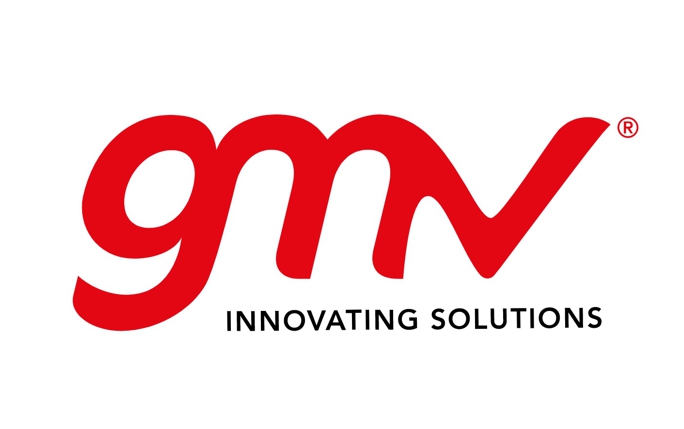Júlia Ten Vidal’s industry placement as part of the POSITRINO project

Placements offer the opportunity to experience the workplace environment and how workplace practices differ from academic ones. They also provide the chance to apply your skills in a new setting, solving new problems alongside a new group of people. The LIV.DAT CDT incorporates a placement for its students, allowing them some industrial experience to implement their big data training and broaden their PhD experience.
Within LIV.DAT, Júlia Tena Vidal’s project focusses on Physics Simulations to Underpin Discoveries in the Neutrino Sector. Over a period of nearly 2 years, she has spent a total of 6 months with GMV Innovating Solutions Limited as part of her involvement in the POSITRINO project.
The POSITRINO project is a European Space Agency (ESA) funded project for a preliminary exploration of the innovative and disrupting technological concept of Positioning, Navigation and Timing (PNT) applications based on neutrinos. Within this project, the University of Liverpool based group teamed up with GMV Innovations, a technological business group headquartered in Madrid (Spain), with a leading presence in many sectors including Defence and Security, Space, and Aeronautics. The POSITRINO project was aimed at applications where a Global Navigation Satellite System (GNSS) cannot work. Using neutrinos for navigation, in conjunction with other sensors, would allow, for instance, military nuclear submarines to remain submerged in stealth mode for very long times.
The involvement of Júlia Tena Vidal in POSITRINO started in March 2019 when GMV offered the Liverpool’s GENIE MC group participation in this project: together with Dr Chris Barry, Prof. Costas Andreopoulos, and Dr. Marco Roda (University of Liverpool), Júlia worked on the conceptual design, Monte Carlo simulations, and feasibility study of the POSITRINO project. Collaborators from different parts of the world, including GMV, ESA, the University of Liverpool as well as other universities got involved in the project and online meetings were scheduled to discuss the process. This allowed a successful collaboration that was not disrupted when COVID-19 restrictions took place.
The expertise provided in neutrino physics, generation and detection was essential to develop the definition and validation of the Neutrino Technical Concept and associated System Architecture. The first part of the project consisted of the definition of the conceptual design followed by the feasibility study using Monte Carlo simulations with GENIE and GEANT4. The expertise on neutrino detectors, such as SBND, T2K, DONUT, DUNE, OPERA, ProtoDUNE and bubble chamber detectors, were key for the development of the conceptual design. All the members of the Liverpool team are active collaborators of GENIE, the world's most commonly-used Monte Carlo simulator of neutrino interaction physics.
In the context of this project, the University of Liverpool and GMV Innovations worked together on technology assessment, use cases and preliminary requirement consolidation, and then moved on to the development of a novel conceptual design. The Liverpool and GMV design is based on miniaturised (CsI or Xe) neutrino detectors able to exploit the large interaction cross-section of coherent neutrino-nucleus elastic scattering (CEvNS) that was first observed in 2017. A number of artificial, pion decay-at-rest (DAR) neutrino sources, synchronised with the detectors using atomic clocks, provide short neutrino pulses for triangulation. The proposed PNT algorithm was based on the `Ranging with Time Windows' technique. As a case study, the group explored a system of 16 neutrino sources around the Mediterranean Sea.
Figure (A) Schematic representation of the possible positioning of 16 neutrino sources around the Mediterranean Sea. A combined system relying on a modest 10 tonne neutrino detector, would converge and maintain a position accuracy of ~1km, over a distance of ~1,000 km from the source, with a neutrino flux of 2E+28 neutrinos/year/source. Figure (B) Triangulation scheme for the submarine positioning.
Júlia said of the placement: “The collaboration with GMV offered me the opportunity to apply my knowledge on neutrino physics to a completely new and novel concept and learn about positioning and navigation techniques. The development of POSITRINO involved working with people who have different expertise to mine, such as engineers or physicists that do not work on the particle physics field. It is exciting to see that your area of research can be used for real applications in the future”.
